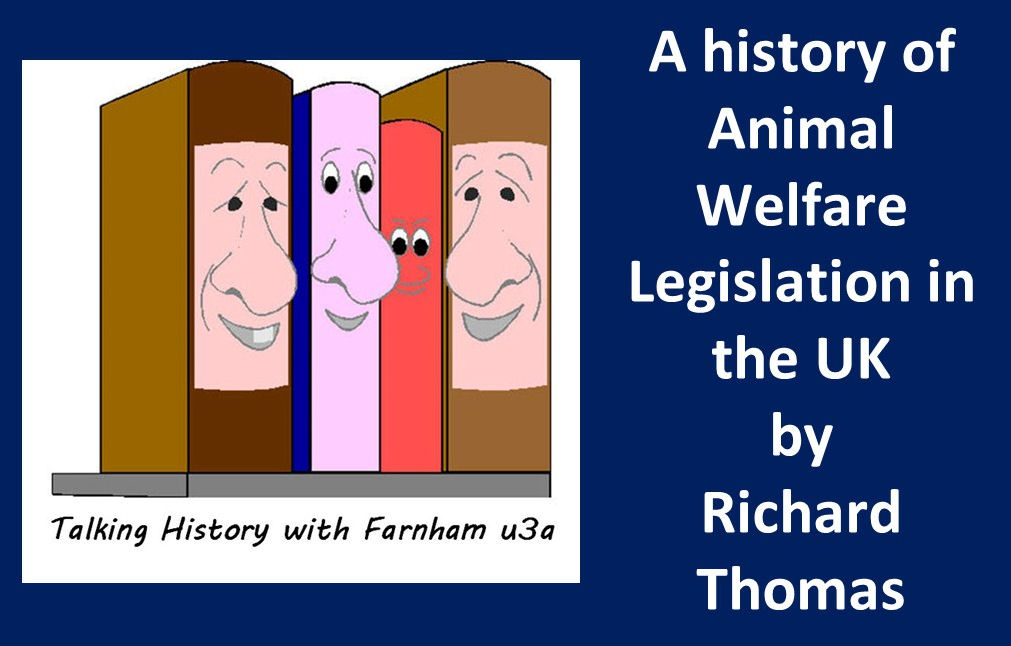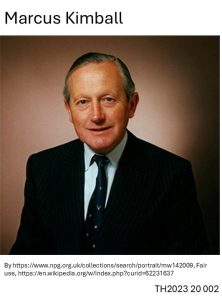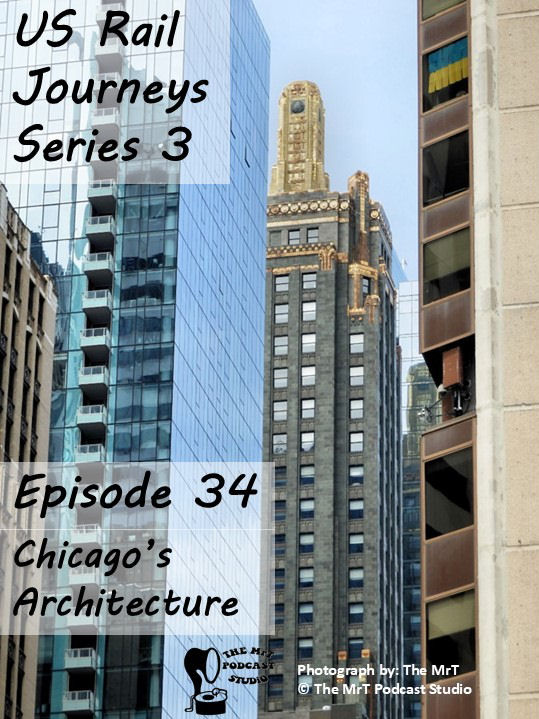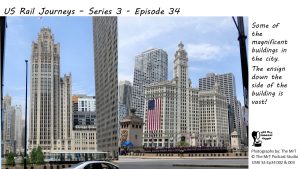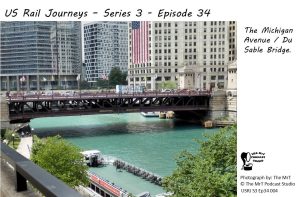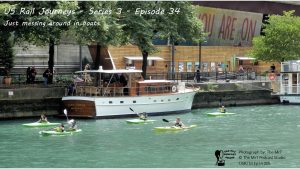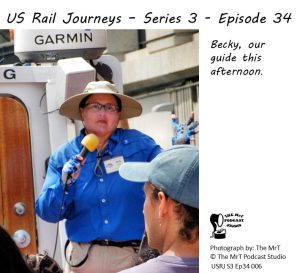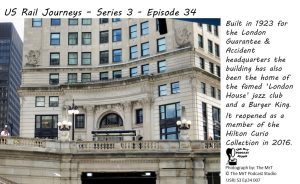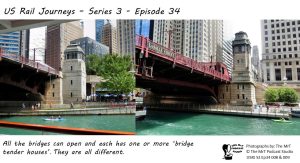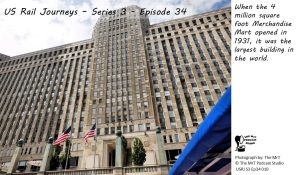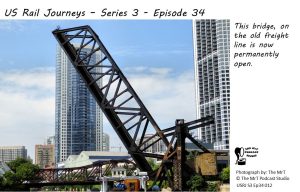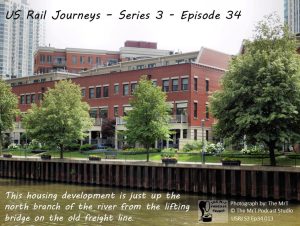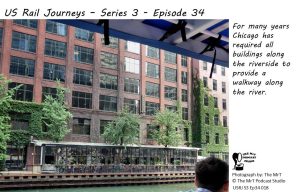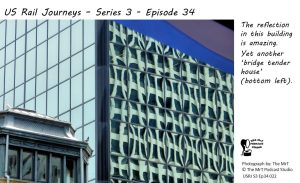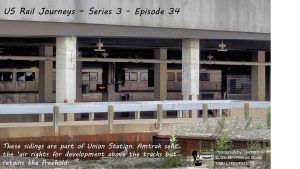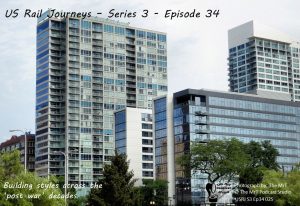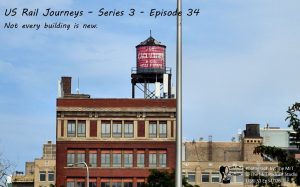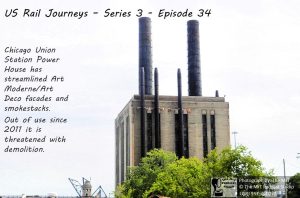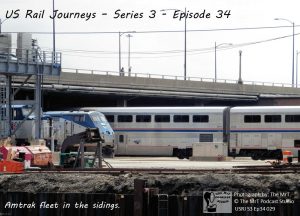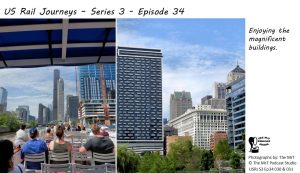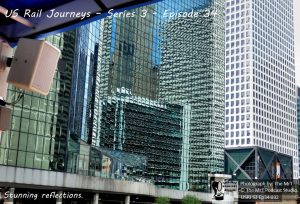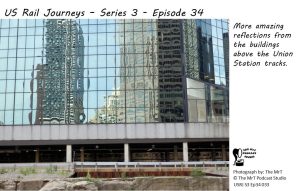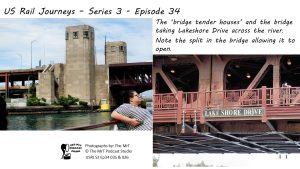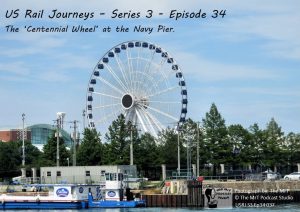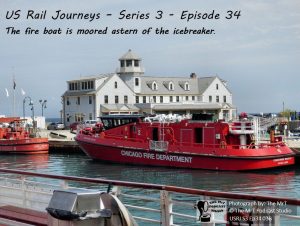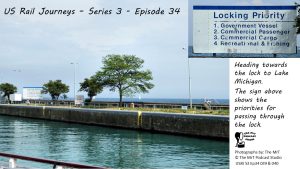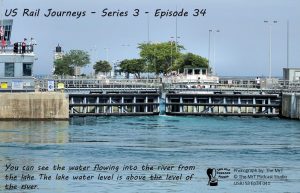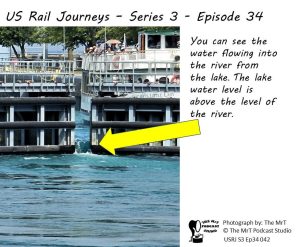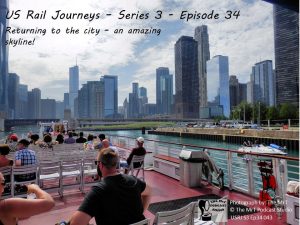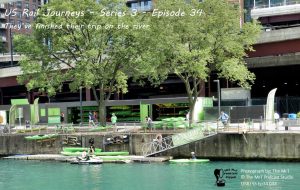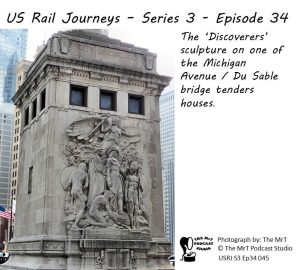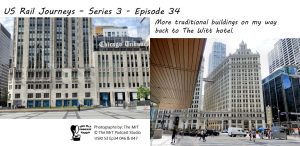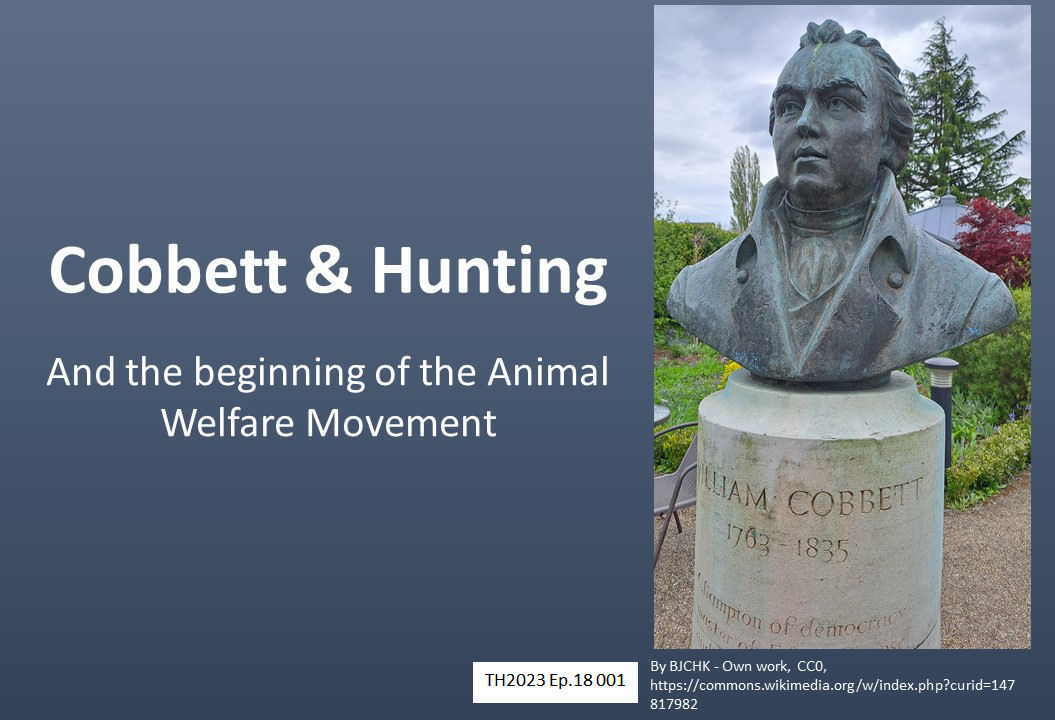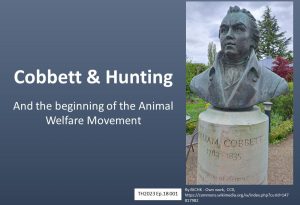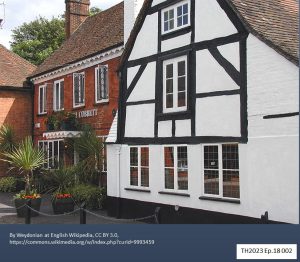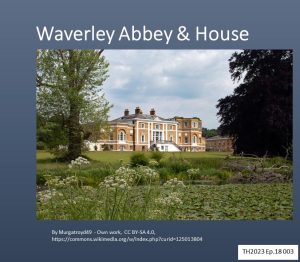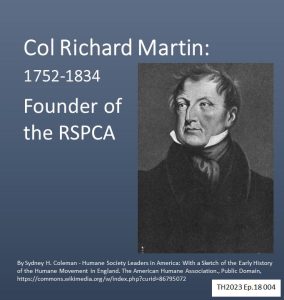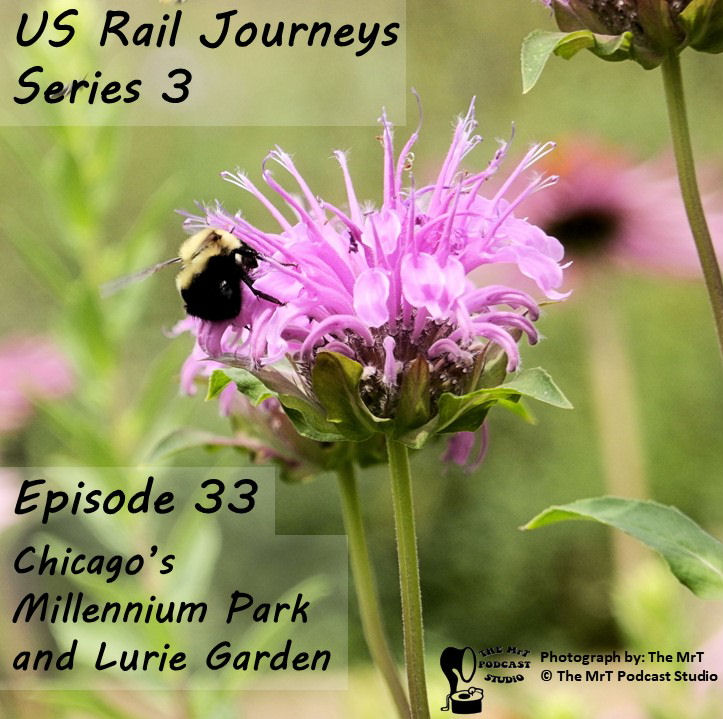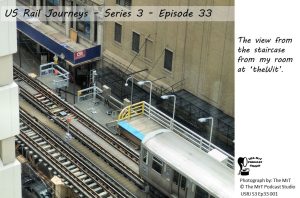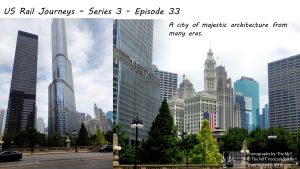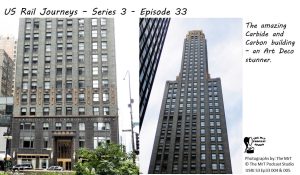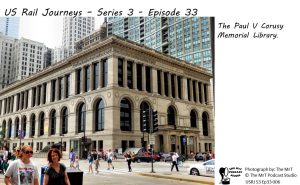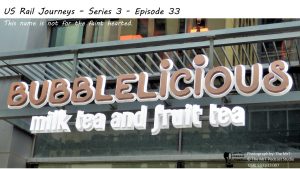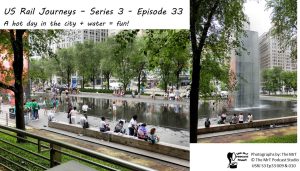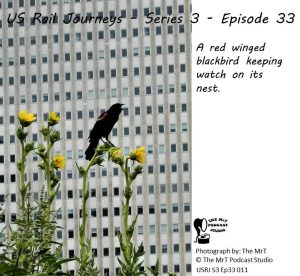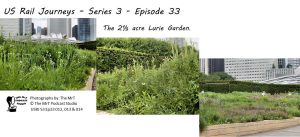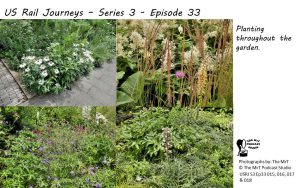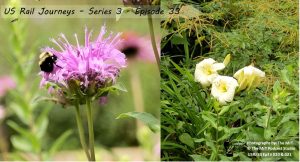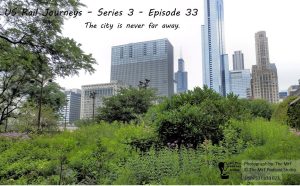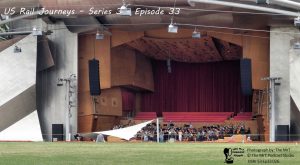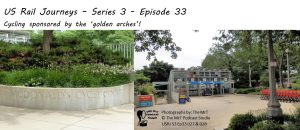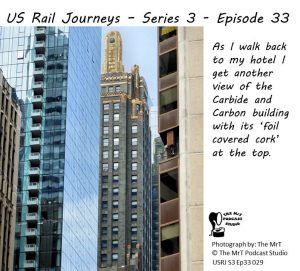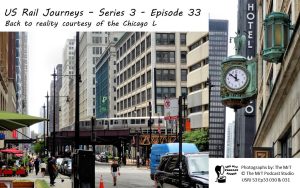Podcast: Play in new window | Download (Duration: 34:31 — 31.6MB)
Season 2023 – Talk 20- A history of Animal Welfare Legislation in the UK
In ‘A history of Animal Welfare Legislation in the UK’ Richard Thomas tells us about the tortuous path culminating in the Hunting Act of 2004.
Click a thumbnail below to view the image gallery that accompanies the talk.
A long time coming:
The 1835 Act to abolish animal baiting also gives some protection to domestic and farm animals. The next successful Act, abolishing fox hunting, stag hunting and coursing is in 2004, a gap of 169 years.
Richard doesn’t go through all the twists and turns in the debate over those 169 years. He looks at some milestones, which gradually, shake the complacency of the Squirearchy.
Professor E A Freeman:
Perhaps the next important milestone is in 1869 when Professor Freeman publishes an article in the Edinburgh Quarterly. That’s already another 30 years!
He changes the nature of the debate. Freeman argues that hunting is both cruel and bad for hunters. He suggests the argument that hunting is a manly sport with the additional benefit of reducing vermin is no longer sustainable. Also he notes that the 1835 Act abolishes the sports of the poor, the working class.
He asks, ‘is there any difference in principle between fox hunting and bull baiting so that fox hunting can be right and bull baiting wrong?’ He answers ‘no’.
The real issue is the difference between the social class and the political influence of the two groups of supporters. At this time the poor, urban working class are entirely without political power. Freeman’s article is widely read and is quoted in every subsequent book about animal welfare. It marks the real beginning of the next phase of the debate.
Changing views in society:
Why do hunting and coursing come under the spotlight? Firstly, the gradual increase in the franchise in 1832, 1867 and other bills means an increasingly urban electorate. Whilst the working classes are not fully enfranchised until 1918, and women not until 1928, Parliament begins to reflect different views. There is a change from rural power to urban power.
Many liberals are sympathetic to the anti hunting movement, but only the Labour Party considers hunting something worth having a policy on.
The path to the 2004 Act:
In 1997 the Labour Party wins the election with a landslide majority. This leads to the 2004 Hunting Act .
Listen to Richard tell the full story .
About this podcast:
This is an edited recording of a talk given to the Farnham u3a World History: Ancient, Medieval and Modern Group.
This podcast is also available through Amazon Music, Apple Podcasts, Castbox, Deezer, Podchaser, Spotify, Stitcher , Vurbl , You Tube and others.
AKM Music licenses Media Magazine for use with this talk.
© The MrT Podcast Studio and Farnham u3a World History: Ancient, Medieval and Modern Group 2018 – 2024

